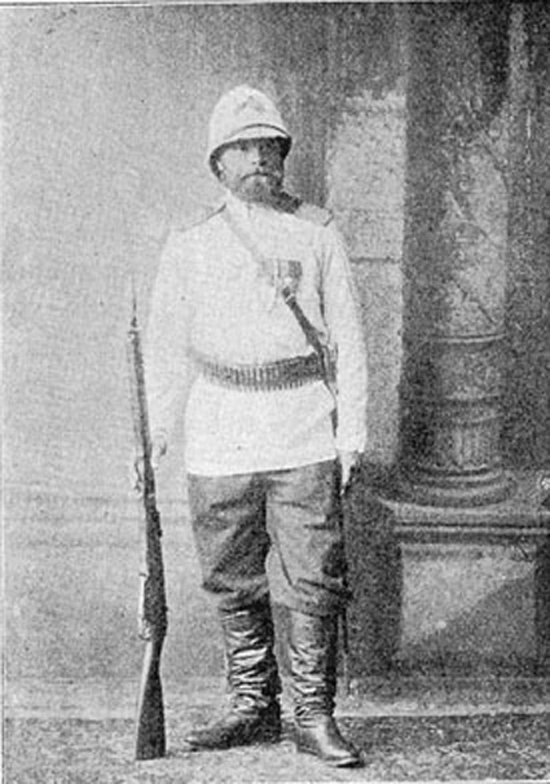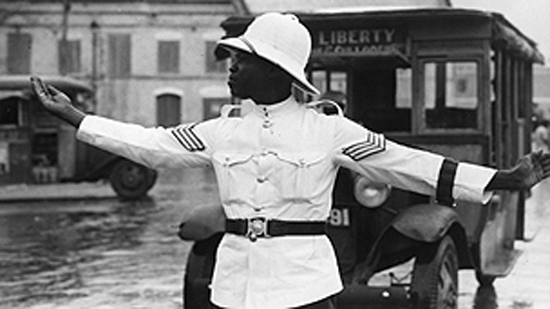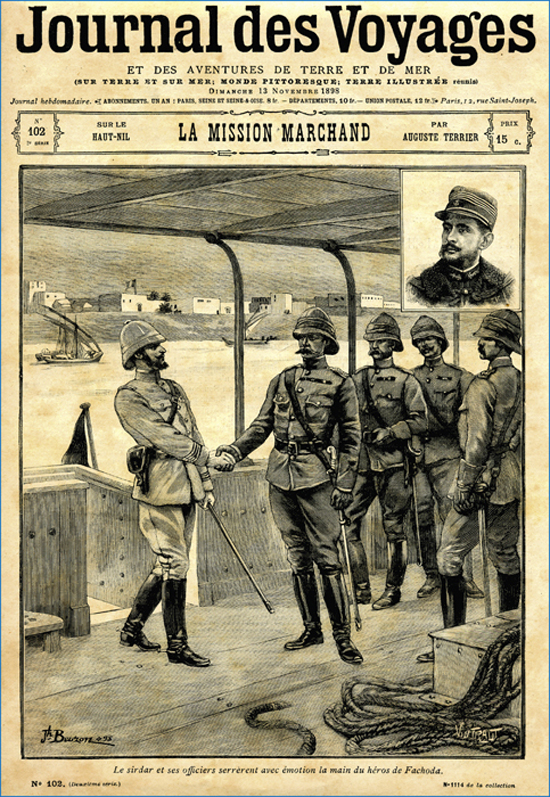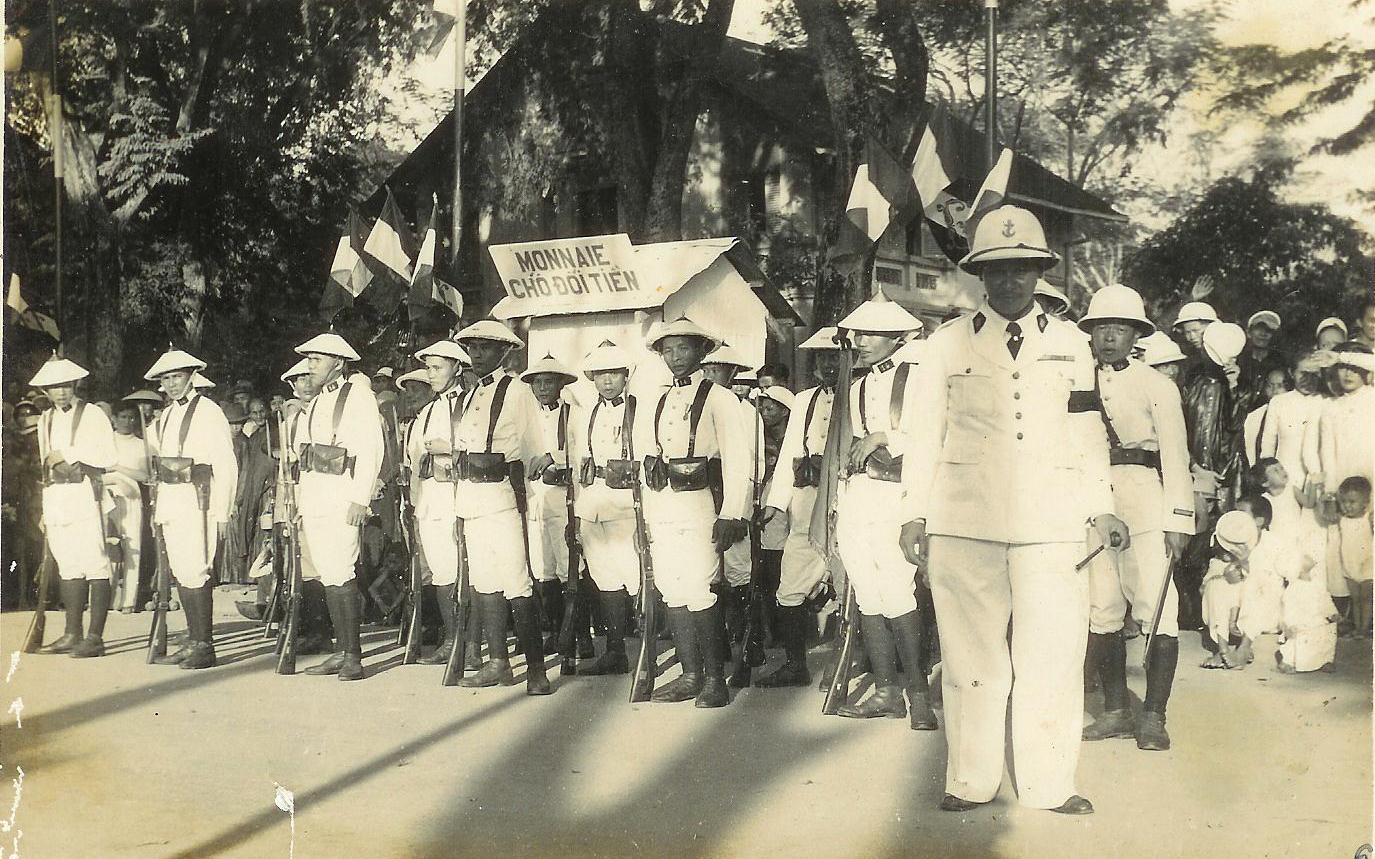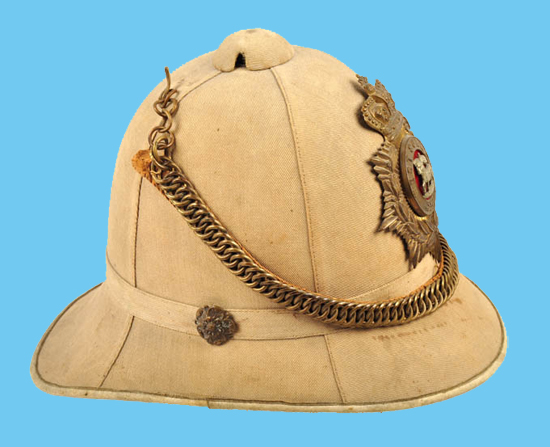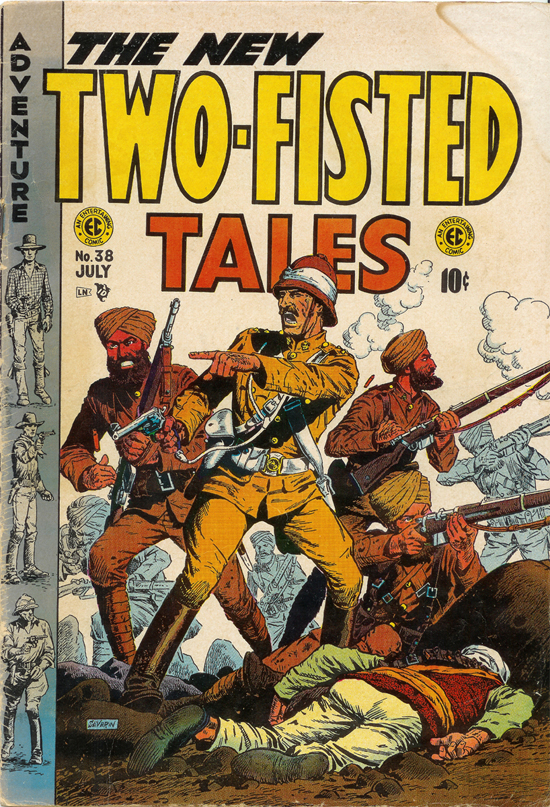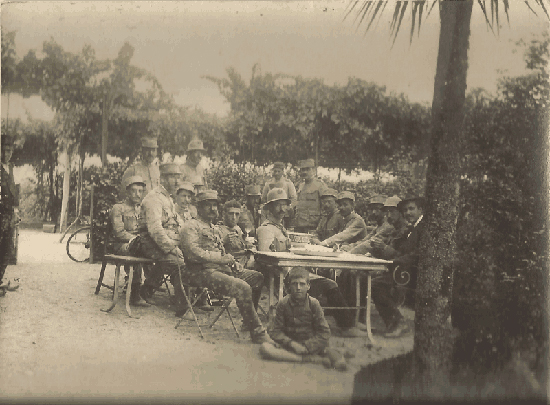Imperial Russia had one of the largest empires in the world at the end of the 19th century. While the sun most certainly did set on it – it spanned several time zones and stretched from the Baltic and Black Seas to the Pacific. What it did not have was a true overseas colonial empire – with the exception of Alaska!
It is true that the Czar ruled many peoples who spoke different languages and had different customs and cultures. Yet Imperial Russia was different than the rival empires of Great Britain, France, Germany or even Italy. It ruled more land that the latter two but it had no true tropical colonies. While it did send forces to China – and units took part in the Boxer Rebellion (1899-1901) – most of the troops were from the Russian Imperial Navy not actually the Russian Army.
Thus it would seem that the Russians never had a use for a colonial pattern sun helmet. Interestingly the Russians did however use such helmets in small numbers. While the first thought would be that the helmets were used by marine forces traveling with the navy this isn’t accurate. Continue reading

